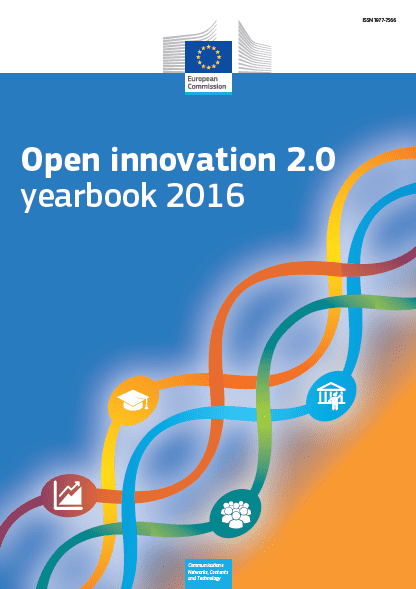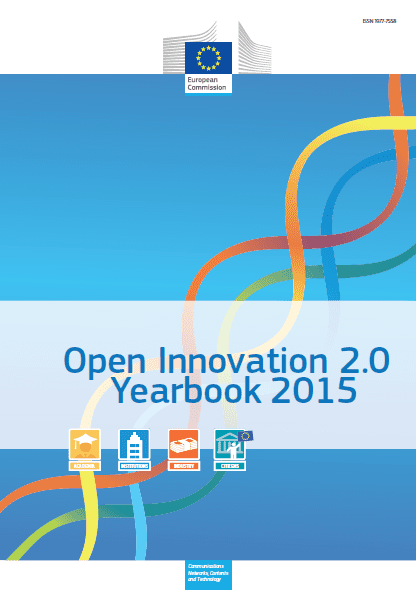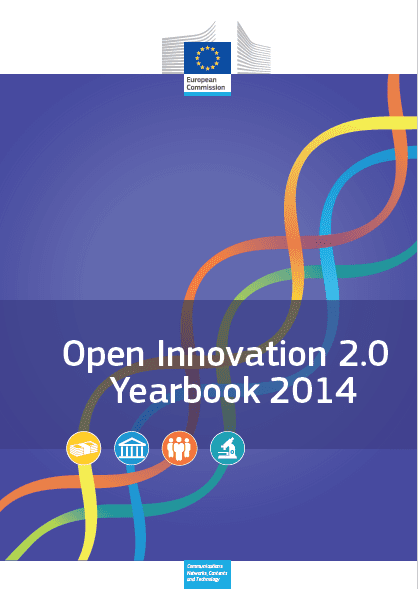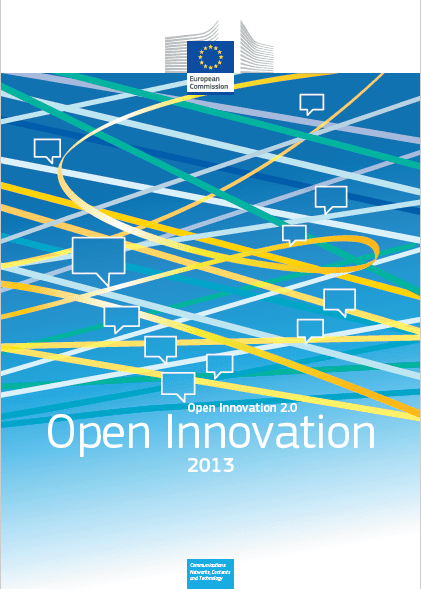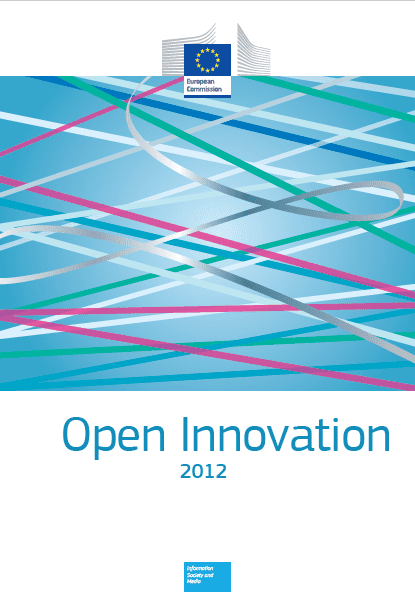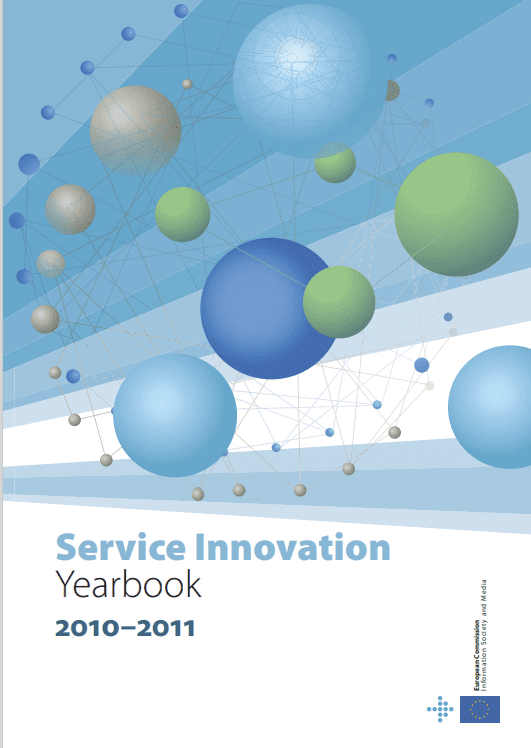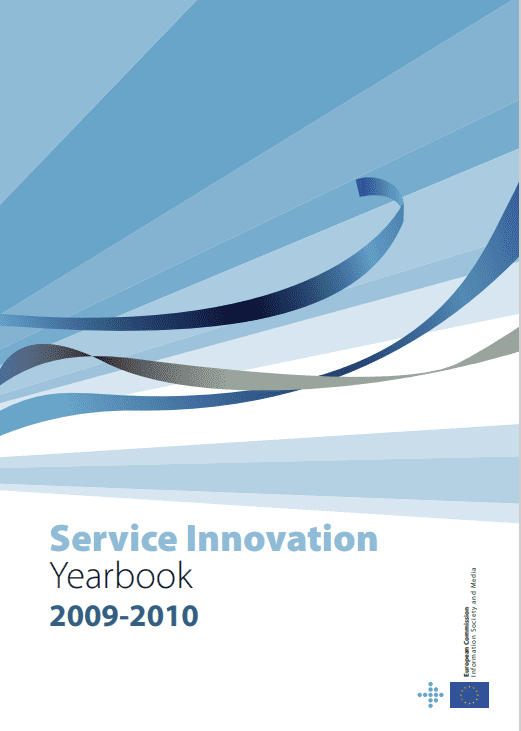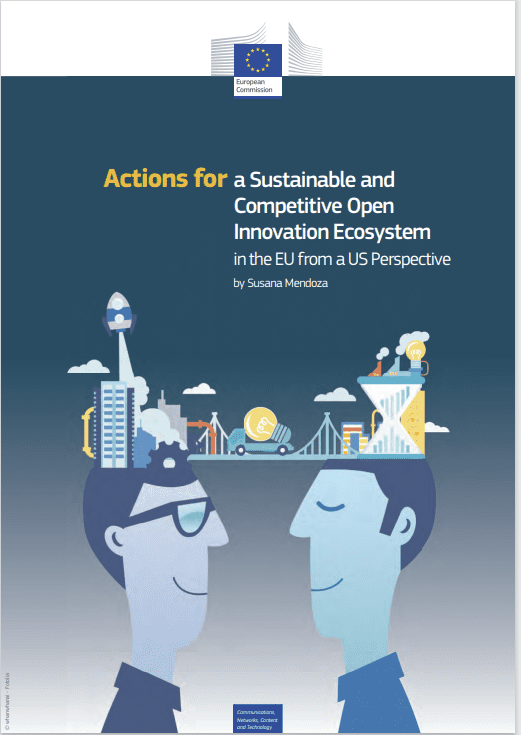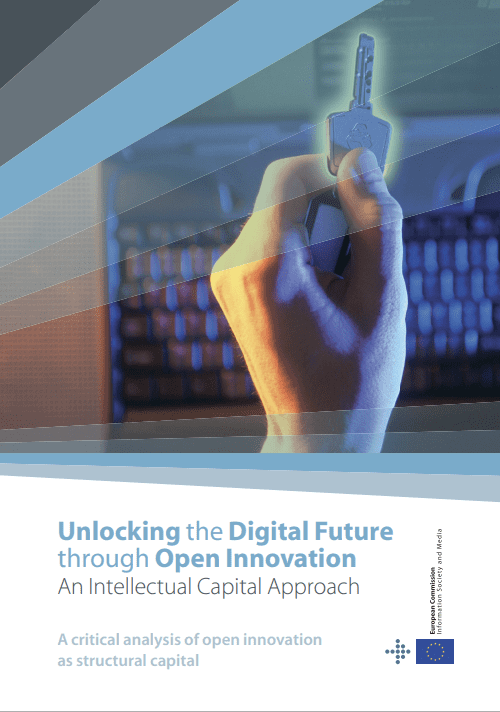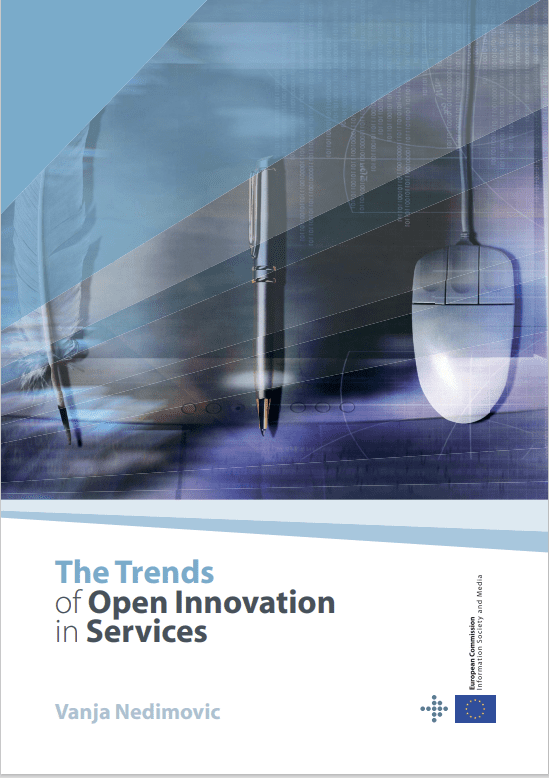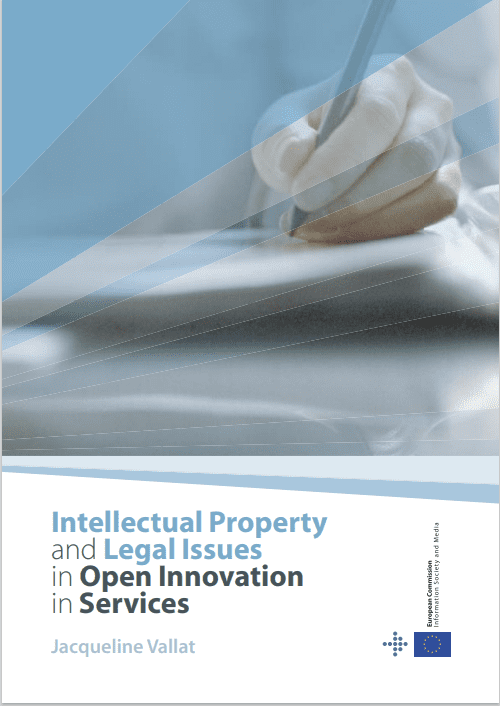Open Innovation 2.0 Overview
The concept of Open Innovation was introduced in Henry Chesbrough’s seminal 2003 book “Open Innovation” and has proven to provide significant value. Building on this the European Commission, through DG Connect established the cross industry and academic advisory group the Open Innovation Strategy and Policy Group in 2008. Led by Bror Salmelin, Senior Innovation Adviser, European Commission and chaired by Prof Martin Curley of Maynooth University and Intel Corporation, a decade’s worth of research was carried out and by 2013 it was clear that a new paradigm had emerged Open Innovation 2.0.
Open Innovation 2.O (OI2) is a new paradigm based on principles of integrated collaboration, co-created shared value, cultivated innovation ecosystems, unleashed exponential technologies, and extraordinarily rapid adoption (Curley and Salmelin, 2018). OI2 is driven by the recognition that the problems that we face as countries and as a society are too big to be tacked in isolation and that a quadruple helix innovation (Government, Industry, Academic and Citizens) approach is needed.

Open Innovation 2.0 was launched at the flagship thought leadership conference of the Irish Presidency of the European Commission in Dublin Castle, with an opening by Jose Maria Barroso, then President of the European Commission. EU Research and Innovation Commissioner Maire Geoghegan Quinn and Irish Enterprise Minister, Richard Bruton TD. The conference chaired by Prof Martin Curley and Bror Salmelin also addressed the conference, organized by Intel, the European Commission, Maynooth University and the Irish Taoiseach’s Office sought to launch and diffuse the new OI2 paradigm.
The conference paper introduced the need, rationale and core principles of Open Innovation 2.0 and the paper is available here.
The conference also produced the Dublin Declaration a manifesto of ten actions to create a more competitive and innovative Europe.

Prof. Martin Curley presenting the Dublin declaration together with Dublin Lord Mayor Naoise O’Muiri to EU Commissioner Neelie Kroes at Dublin Castle.
An important milestone in the evolution of OI2 was the publication in Nature recognizing it’s emergence. You can read Martin’s Nature paper on twelve principles for Open Innovation 2.0 here.
Martin’s paper on the Evolution of Innovation in the Journal of Innovation is here.
You can read Pacheco et al’s article on the journey from OI to OI2 here.
For a decade, research and innovation into Open Innovation 2.0 was led and curated by the European Commission and now the repository of annual yearbooks and associated research reports is transferred and maintained by the Innovation Value Institute at Maynooth University, itself a great exemplar of Open Innovation 2.0 in action. As OI2 moves into mainstream we invite you to work with us to help evolve and drive adoption of OI2 practice further.
Annual OI2 conferences were held in locations such as Dublin, Helsinki, Ansterdam and Cluj Napoca.

Prof Curley and Bror Salmelin launching the OI2 2017/18 yearbook with leading OI2 practitioners Michela Magas and Dr Biance Muntean in Cluj Napoca, Transylvania at the OI2 2017 conference
A core entity of OI2 is an Open Collaborative Ecosystem (OCE) (von Hippel and Baldwin, 2011 and Curley and Salmelin, 2013) , 2. An OCE is an environment where different entities from the quadruple helix (government, industry, academia and civil society) come together to collaborate sharing ideas, knowledge, resources, innovations to achieve common goals towards a shared vision. A directed or guided OCE (D-OCE) is especially powerful when the entire ecosystem is guided by a common vision or strategy such as Moore’s Law in the Semiconductor Industry or Stay Left, Shift Left-10X (Curley’s Law) in the Healthcare Industry. Academics Gastaldi et al (2015) have identified OCEs as a fundamental mutation in the business competitive landscape.
Open Innovation 2.0 Leaders

Professor Martin Curley

Bror Salmelin
Open Innovation 2.0 Publications
Open Innovation 2.0 yearbook 2017-2018: Four thematic chapters building on the experience of open innovation cases: “Making OI2.0 operational“, “e-platforms“, “Regions and cities“, “Industry and transformation” – providing new perspectives on open innovation ecosystems.
Open Innovation 2.0 Yearbook 2016: The role of users as co-creators, with ecosystems involving new professionals like bridgers, curators and orchestrators shape how we can create better, sustainable products and services for all.
Open Innovation 2.0 yearbook 2015: The key is to see innovation as ecosystem-driven, including all stakeholders as active players in jointly creating and experimenting in the new ways of doing things and creating new services and products.
Open Innovation 2.0 Yearbook 2014: OISPG publishes annual yearbooks that document and summarize current innovation practices in Europe.
Open Innovation 2.0 yearbook 2013: OISPG publishes annual yearbooks
that document and summarize current innovation practices in Europe.
Open Innovation 2.0 Yearbook 2012: OISPG publishes annual yearbooks that document and summarize current innovation practices in Europe.
Open Innovation 2.0 yearbook 2010-2011: OISPG publishes annual yearbooks
that document and summarize current innovation practices in Europe.
Open Innovation 2.0 Yearbook 2009-2010: OISPG publishes annual yearbooks that document and summarize current innovation practices in Europe.

